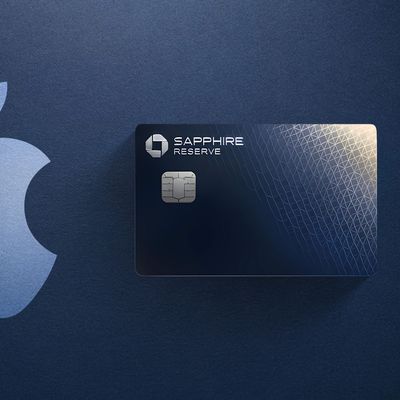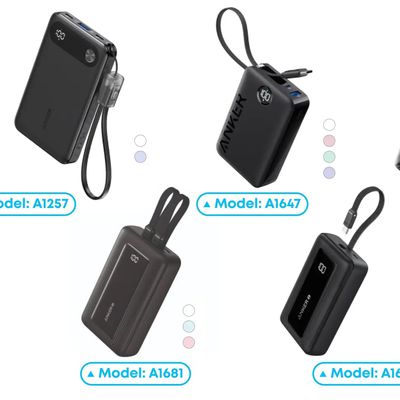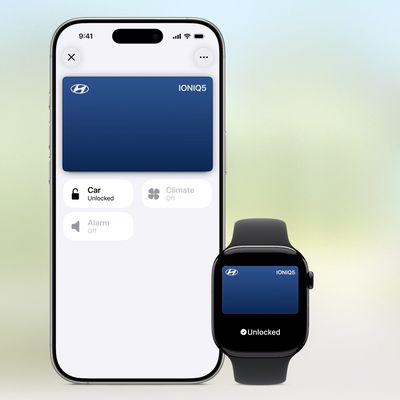Apple's Options for North Carolina Fuel Cell Installation Point to Bloom Energy
While Apple has received a fair amount of attention for its planned solar farm at its massive data center in Maiden, North Carolina, the company publicly disclosed less than two weeks ago that it will also be installing the largest non-utility fuel cell farm in the United States to help power the facility.
 Bloom's Energy Server
Bloom's Energy Server has
assessed Apple's options for the 5-megawatt facility, determining that
Bloom Energy appears to be Apple's partner in the project. Bloom, which is based in Sunnyvale, California near Apple's headquarters, is also said to already have "a few" of its fuel cells in operation on Apple's campus.
Bloom offers boxes capable of supplying 100 kW, which could translate into 50 Bloom Boxes being installed at Apple’s data center. Bloom has been in negotiations for similarly large-sized deals in the past, such as its negotiations in Delaware to build a 30 MW fuel cell farm (300 Bloom Boxes), and it has already installed 12 Bloom Boxes at Adobe’s campus in San Jose, Calif.
Apple is also touting the fact that its fuel cells will be run on biogas, and Bloom has substantial experience selling biogas-based fuel cells. Both Adobe and eBay are running their Bloom fuel cells on biogas. Bloom has also been the go-to fuel cell maker for Internet, telecom and computing giants’ experiments with fuel cells.
The report notes that Apple's options for fuel cell partners are relatively few, with UTC Power's larger fuel cell boxes not cleanly adding up to Apple's stated 5-megawatt capacity for the facility and FuelCell Energy specifically denying that it is working with Apple.
Apple is clearly interested in pursuing alternative energy sources for its facilities, and data centers are popular laboratories for such projects given their energy requirements and their typically rural locations that make it cheaper to dedicate land to energy production. The company already touts that its facilities in Austin, Sacramento, Munich, and Cork are powered by 100% renewable energy sources as part of a broad effort to reduce minimize its environmental impact across its facilities and throughout its products' life cycles.
Popular Stories
Apple hasn't updated the AirPods Pro since 2022, and the earbuds are due for a refresh. We're counting on a new model this year, and we've seen several hints of new AirPods tucked away in Apple's code. Rumors suggest that Apple has some exciting new features planned that will make it worthwhile to upgrade to the latest model.
Subscribe to the MacRumors YouTube channel for more videos.
Heal...
Chase this week announced a series of new perks for its premium Sapphire Reserve credit card, and one of them is for a pair of Apple services.
Specifically, the credit card now offers complimentary annual subscriptions to Apple TV+ and Apple Music, a value of up to $250 per year.
If you are already paying for Apple TV+ and/or Apple Music directly through Apple, those subscriptions will...
Popular accessory maker Anker this month launched two separate recalls for its power banks, some of which may be a fire risk.
The first recall affects Anker PowerCore 10000 Power Banks sold between June 1, 2016 and December 31, 2022 in the United States. Anker says that these power banks have a "potential issue" with the battery inside, which can lead to overheating, melting of plastic...
In 2020, Apple added a digital car key feature to its Wallet app, allowing users to lock, unlock, and start a compatible vehicle with an iPhone or Apple Watch. The feature is currently offered by select automakers, including Audi, BMW, Hyundai, Kia, Genesis, Mercedes-Benz, Volvo, and a handful of others, and it is set to expand further.
During its WWDC 2025 keynote, Apple said that 13...
Apple's next-generation iPhone 17 Pro and iPhone 17 Pro Max are around three months away, and there are plenty of rumors about the devices.
Apple is expected to launch the iPhone 17, iPhone 17 Air, iPhone 17 Pro, and iPhone 17 Pro Max in September this year.
Below, we recap key changes rumored for the iPhone 17 Pro models:Aluminum frame: iPhone 17 Pro models are rumored to have an...
Apple last month announced the launch of CarPlay Ultra, the long-awaited next-generation version of its CarPlay software system for vehicles.
There was news this week about which automakers will and won't offer CarPlay Ultra, and we have provided an updated list below.
CarPlay Ultra is currently limited to newer Aston Martin vehicles in the U.S. and Canada. Fortunately, if you cannot...
Apple will finally deliver the Apple Watch Ultra 3 sometime this year, according to analyst Jeff Pu of GF Securities Hong Kong (via @jukanlosreve).
The analyst expects both the Apple Watch Series 11 and Apple Watch Ultra 3 to arrive this year (likely alongside the new iPhone 17 lineup, if previous launches are anything to go by), according to his latest product roadmap shared with...
Apple is planning to launch a low-cost MacBook powered by an iPhone chip, according to Apple analyst Ming-Chi Kuo.
In an article published on X, Kuo explained that the device will feature a 13-inch display and the A18 Pro chip, making it the first Mac powered by an iPhone chip. The A18 Pro chip debuted in the iPhone 16 Pro last year. To date, all Apple silicon Macs have contained M-series...






















